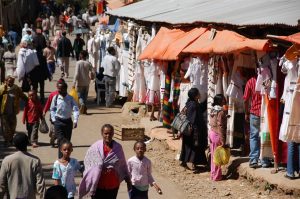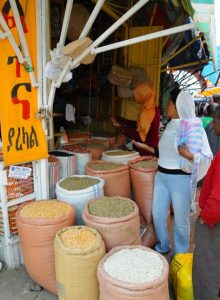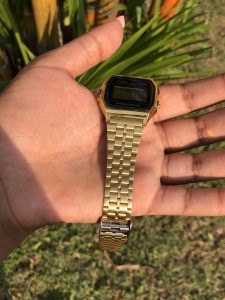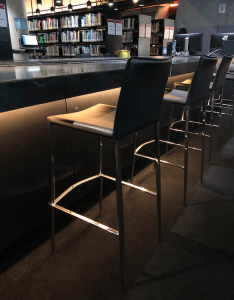In this reading, Jan Chipchase illustrates how the things we carry around with us and our digital presence says something about who we are as people. Personally, I always have 3 essentials on me at all times. To help me remember before I leave my door in the morning I number each one off and I’ll quickly say to myself do I have “1,2,3” every morning. This just lets me know that there are three things and I may not remember what they are for that day, but I remember the number 3 and say to myself “do I have these items” ( I may add a number the night before depending on the day planned). My environment/location is a leading factor for what determines “my 3”. For instance, back home in Toronto, it would be my phone (calls/text, apple pay, applications), Blistex, and Presto bus card (at least one member of my family is always home so keys are not critical). Whereas here in Singapore, I need my phone, charger + international adapter, camera gimbal( I vlog), a watch, residence key fob, hand sanitizer, and cash. The reason I need so many more things in Singapore is usually because of how inconvenient it is to return to my hall to get something. I live 11 flights of stairs up in a building with no elevator, so it’s easier to carry a backpack and just stuff all the “maybe’s” in.
He also explains the notion of “range of distribution” which to me simply means how clung onto your assets you are. The story of Meili from Shanghai made me realize that I am quite opposite to her. I often leave laptop, wallet, keys out on a public table and I’ll get up and go get something elsewhere without worrying too much about it. In fact, all four years of my high school career I never locked my locker, it was more convenient that way and I had a lot of trust for everybody. With that being said, I acknowledge that this is not the best thing to do in let’s say a mall but something like a school, hospital, church… I usually don’t overthink it.
Furthermore, he mentions how storing everything on our digital devices has made things a lot easier for us. The things on our iCloud, external hardrirves and memory cards are a part of us and tell apart of our story. I’ve had my hard drive for 3 years now and on it, I have stored 5 years worth of memories and they mean everything to me. On it, I carry photos of my friends and family, videos from weddings, concerts, the first day of school and many more. “Snapchat Memories” is something that I truly appreciate because you can take a 10sec video of your day and store it in the app to save space on your phone. About a year ago my mother lost her phone and she was very sad not because of the physical phone but because that meant she lost years of photos. Luckily, I had set up a google drive/photos account when she purchased her phone so all the photos she had been taking on her Samsung she retrieved on her iPad upon downloading the app. Things like this make me realize how much these technological advancements have helped make our lives so much easier.
I also agree with his last statement on how fortunate we are to travel and constantly teach ourselves about life lessons this world has to offer through immersing yourself into different cultures. I came to Singapore because I knew little to nothing about Asia and I knew I didn’t want to live my life missing out on the whole eastern side of the world. Technology has helped me with this process because it allowed me to research about what life here is like so I can prepare, it has also given me a platform to share my experience via YouTube. Not to mention, I can communicate with my family that live in over 10 cities around the world through 1 Viber group-chat.









